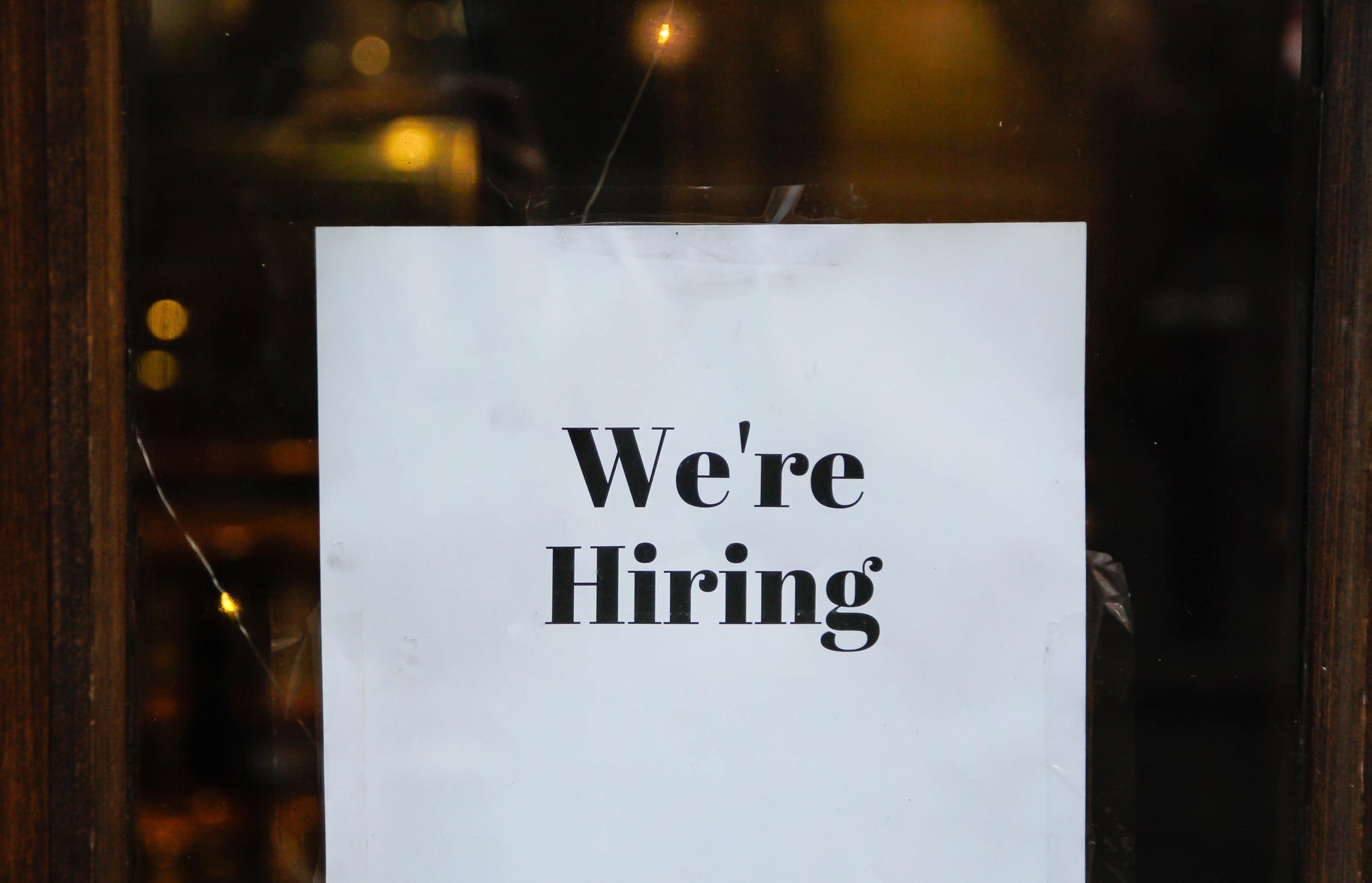It’s been a tough week for equity markets with concerns over rising yields keeping investors on the back foot.
European markets did try and rebound yesterday as yields retreated from their highs of the week, aided by a softer than expected ADP payrolls report on Wednesday, as attention turned towards today’s US employment report for September.
US markets also tried to rally yesterday, however were unable to hang onto their gains finishing the session slightly lower.
Despite the inability of US markets to eke out a gain European markets look set to open modestly higher ahead of today’s US jobs report which, along with the September CPI report which is due next week could shift the odds significantly on whether we see another rate hike in November.
One other reason for the welcome retreat in yields yesterday may well have been the sharp decline in oil prices we’ve seen the past couple of days, which has seen all the September gains wiped out, and could help dilute some of the recent concern over energy price driven inflation.
Having seen the Federal Reserve leave rates unchanged at their recent September meeting the jury currently remains out as to whether we will see another rate hike at the next meeting in November, and it is this possibility that is making markets nervous as the penny drops that we won’t be seeing rate cuts any time soon.
The resilience of the US economy is not helping these concerns given how the Federal Reserve adjusted its end of year Fed Funds target for next year from 4.6% to 5.1%, with some chatter that rates might have to rise even further beyond one extra rate hike.
Since that Fed meeting, we’ve seen both US short- and long-term rates rise to their highest levels since 2007, a trend that has accelerated further this week on the back of continued solid economic data. With both US rates and the US dollar pushing higher, and another rate rise looking an each-way bet in a few weeks’ time, the US economy could be entering dangerous territory when it comes to further rate rises.
For now, the economy is holding up well, and the fear is a strong payrolls number today could tip US stock markets below this week’s lows and the S&P500 below its 200-day SMA, as send the US 10-year yield closer to 5%.
For stock markets to finish the week on a positive note, we might need to see a soft jobs report in the manner of this week’s ADP report, that is a number below 100k, which might help to bring yields further away from the highs of this week.
The August payrolls report saw 187k new jobs added as well as a sharp rise in the unemployment rate from 3.5% to 3.8%, although part of that can be explained by a rise in the participation rate to 62.8% from 62 6%, putting US worker participation in the workforce at its highest level since the US economy reopened after Covid.
We also saw sharp revisions lower to the June and July payrolls report, with July revised down to 157k from 187k, while June was revised down from 209k to 105k.
Wage growth was also softer at 4.3% pointing to a welcome slowdown as far as the Federal Reserve is concerned when it comes to the narrative surrounding the US economy. Inflation on the other hand now appears to be picking up again, driven by higher fuel prices which is prompting the threat of strike action as well as wage inflation.
This is likely to make core inflation much stickier, and likely to put a floor under wages. Expectations are for 170k new jobs to be added with unemployment set to slip to 3.7%.
It’s also worth keeping an eye on average hourly earnings for signs of stickiness. Another solid jobs report will add weight to the argument for one more rate rise before year end, especially if core prices and/or wages continue to look sticky.
EUR/USD – continues to pull away from the lows of the week, with the next support at the 1.0400 level which is 50% pullback of the 0.9535/1.1275 up move, followed by 1.0200. To stabilise we need to move through 1.0620 for a retest of the 1.0740 area.
GBP/USD – the rebound off the lows this week at the 1.2030/40 area, needs to overcome the 1.2300 area to signal a move back to the 1.2430 area and 200-day SMA. A move below 1.2000 targets the 1.1835 area which equates to a 50% retracement of the move from the record lows at 1.0330 to the recent peaks at 1.3145.
EUR/GBP – remains range bound with resistance at the 0.8700 area and resistance at the 200-day SMA at 0.8720, which is capping the upside. A break of 0.8720 targets the 0.8800 area, however while below the bias remains for a move back to the 0.8620 area.
USD/JPY – has continued to slip away from the 150.16 highs of earlier this week, but still remains above the spike lows of 147.35. With no official confirmation that intervention took place, any further moves higher could be choppy. Below 147.30 signals the top is in and a possible move towards 145.00.
Disclaimer: CMC Markets is an execution-only service provider. The material (whether or not it states any opinions) is for general information purposes only, and does not take into account your personal circumstances or objectives. Nothing in this material is (or should be considered to be) financial, investment or other advice on which reliance should be placed. No opinion given in the material constitutes a recommendation by CMC Markets or the author that any particular investment, security, transaction or investment strategy is suitable for any specific person. The material has not been prepared in accordance with legal requirements designed to promote the independence of investment research. Although we are not specifically prevented from dealing before providing this material, we do not seek to take advantage of the material prior to its dissemination.






